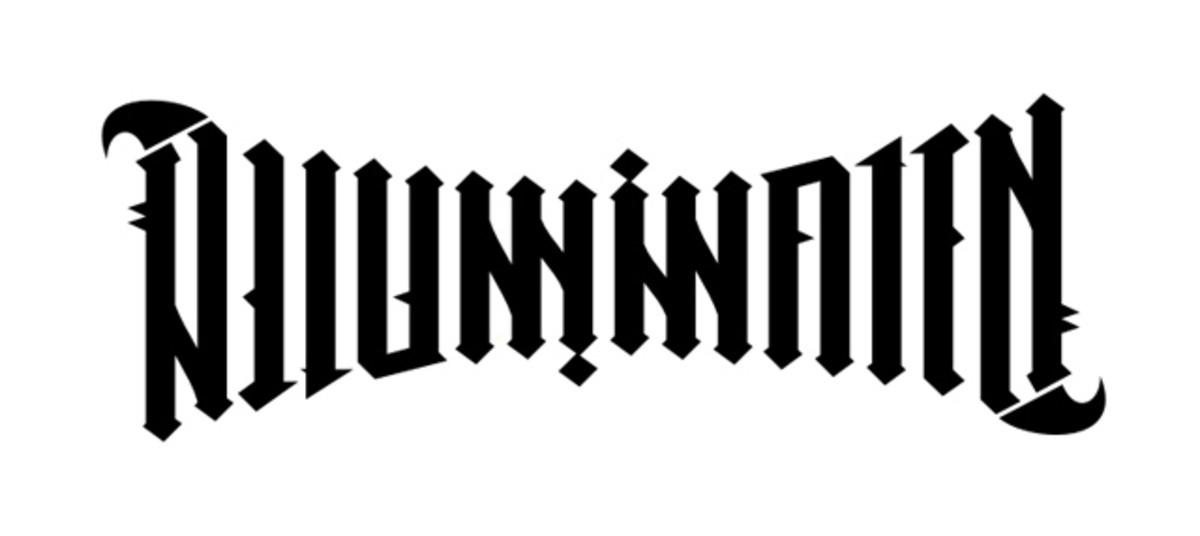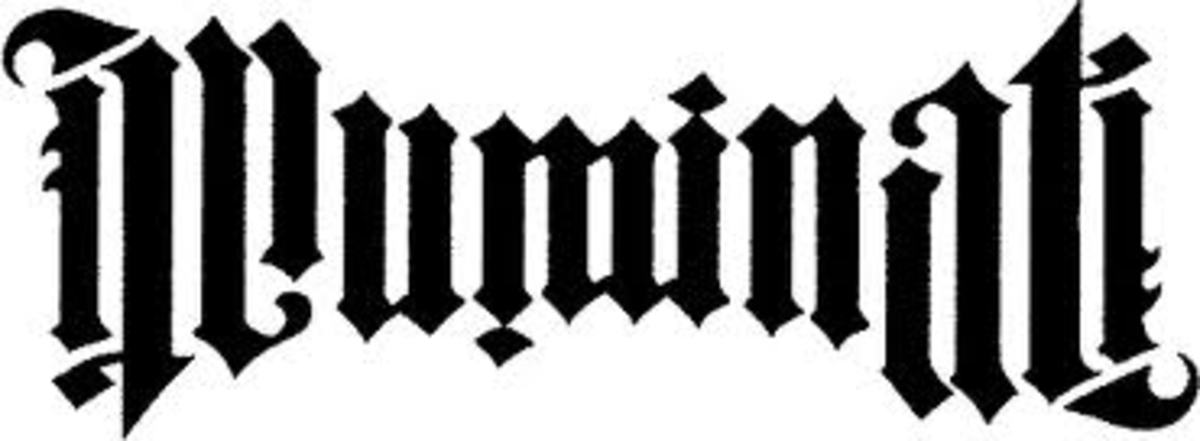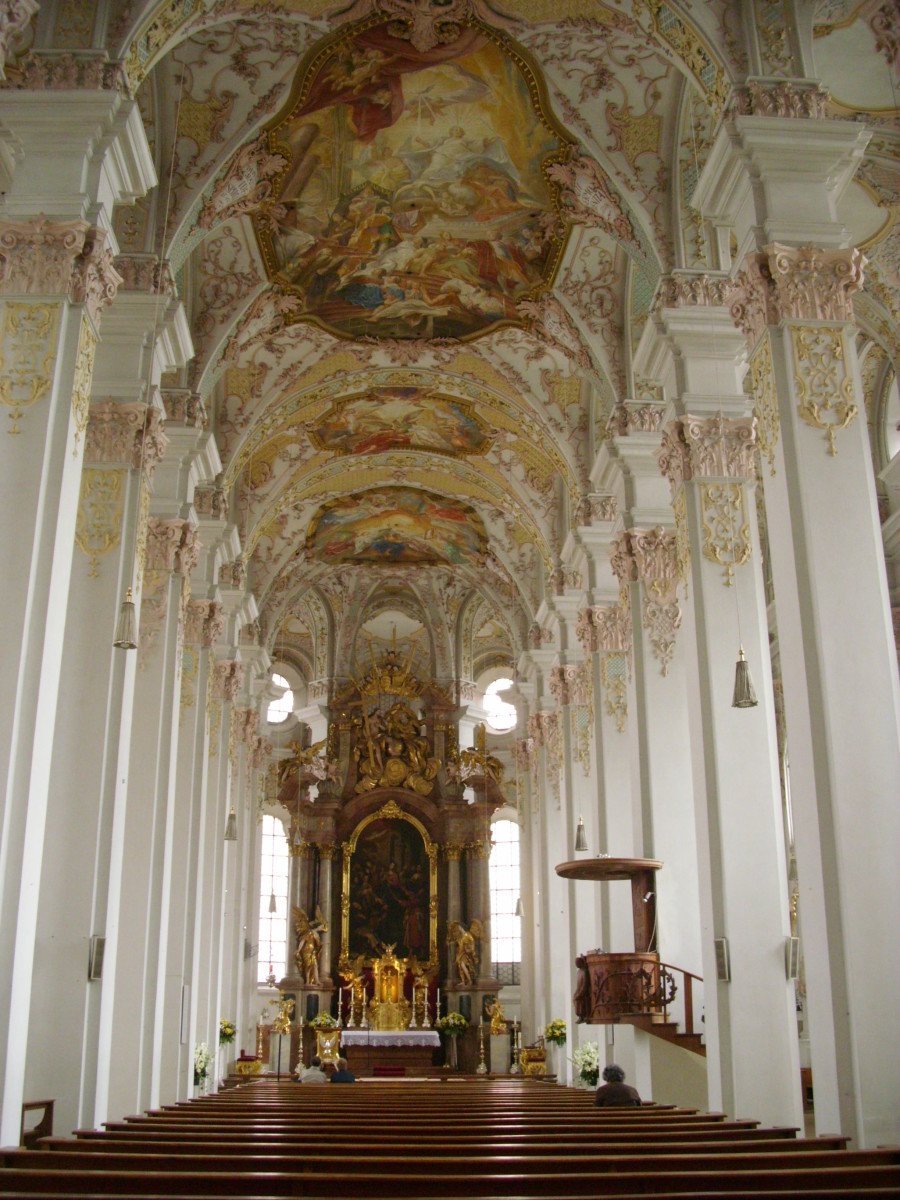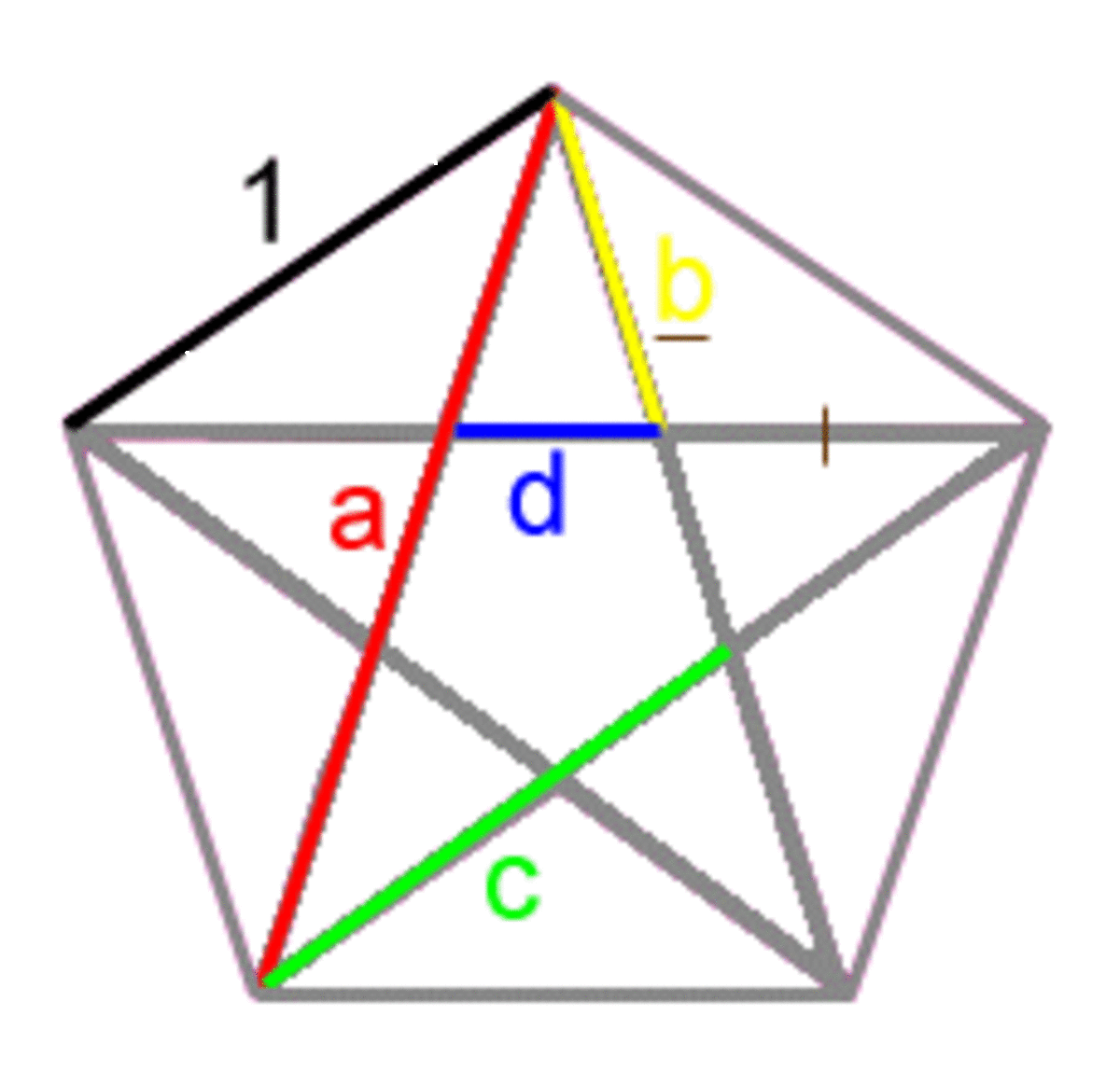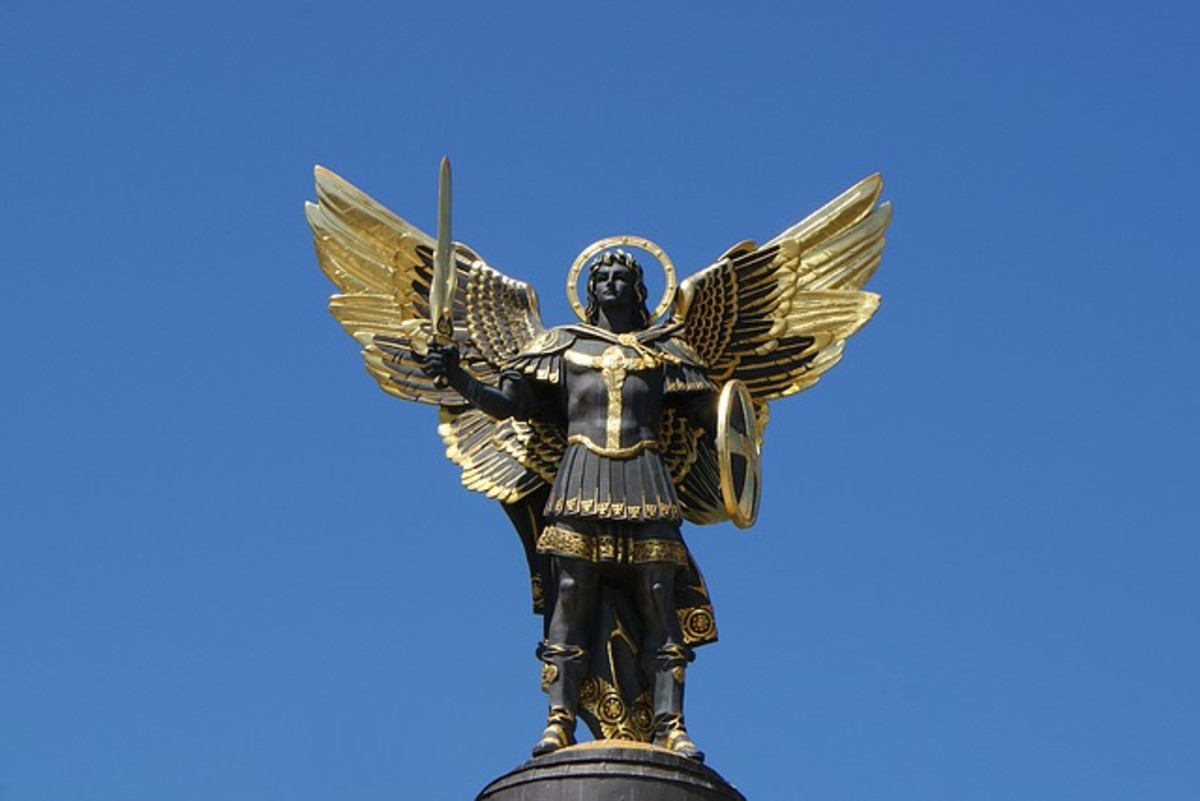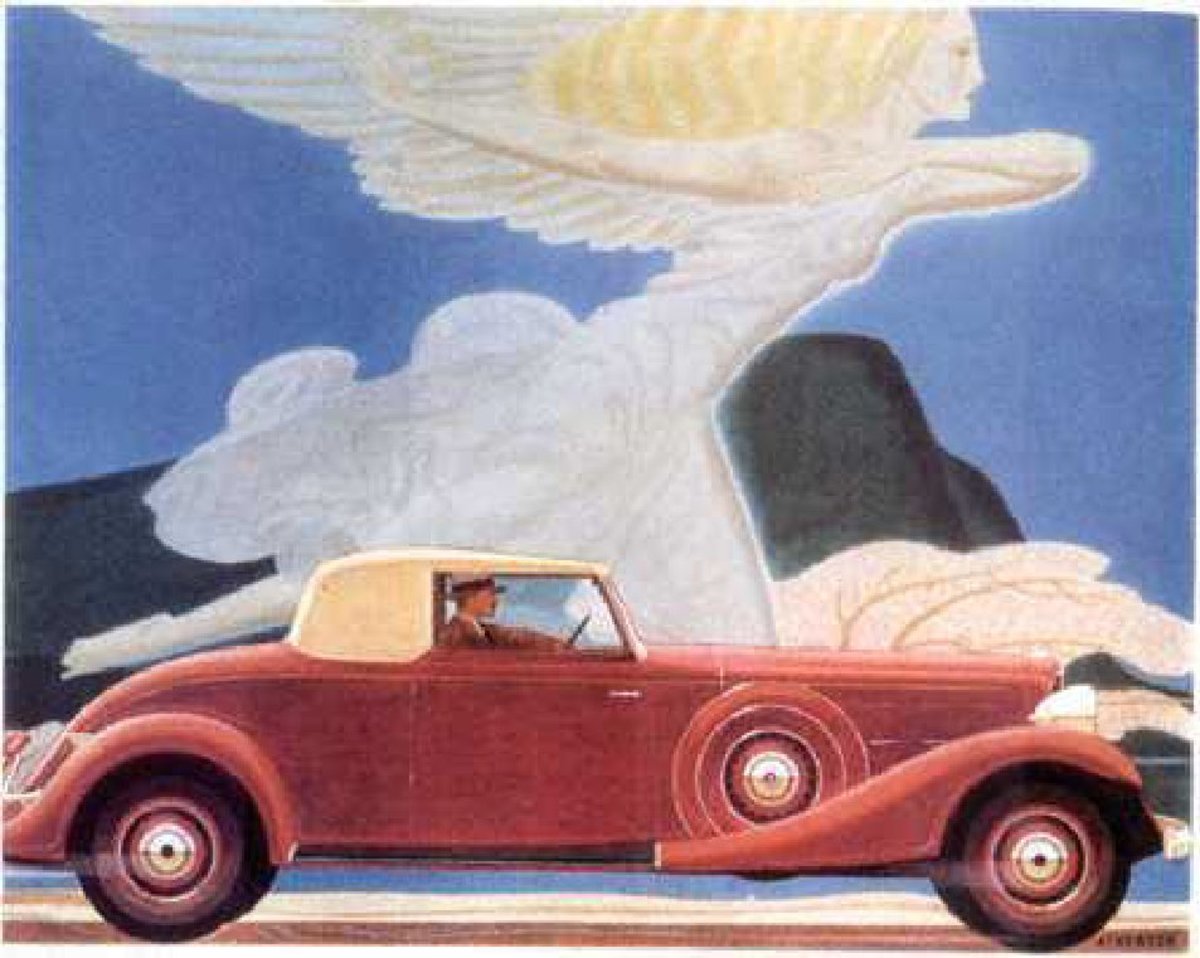About The Illuminati
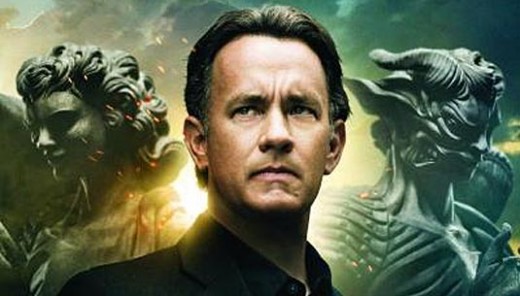
Angels and Demons, the film sequel to Dan Brown’s The Da Vinci Code sees Tom Hanks reprise his role as world-renowned Harvard symbologist, Robert Langdon. Summoned to the European Organization for Nuclear Research (CERN) facility, he is asked to analysis a mysterious symbol seared into the chest of a murdered physicist. There, he finds evidence of the unimaginable: the resurgence of an ancient brotherhood known as the Illuminati – the most powerful underground organisation to have ever walked the earth.
The Illuminati have surfaced from the shadows to carry out the final stage of a legendary vendetta against their most hated enemy, The Catholic Church. Having stolen the ingredients for an anti-matter bomb from CERN’s large Hadron Collider, they are poised to take over the world. Or could you be living with one without even knowing it?
But, do the Illuminati really exist? Why is their symbol on the American one-dollar bill? Does CERN possess anti-matter and is an anti-matter bomb even possible?
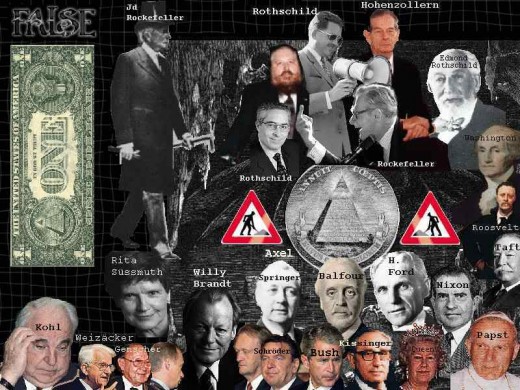
Did the Illuminati ever exist?
Yes. From the 14th century to the 18th, the Hashashin (a brotherhood of Muslim warriors). The Masons (a closeted society of tradesmen with links to ancient Egypt), The Priory of Sion (a group devoted to returning the Merovingian bloodline to the throne of France) and The Knights Templar (a wealthy and powerful group of Christian warriors banned by the Catholic Church) all existed as relatively separate secret societies with a limited reach. That is, until May 1, 1776 – an important day on the Satanic calendar. On that day in Bavaria, Germany, Adam Weishaupt, a Jesuit-trained professor well versed in the Occult, formed a new secret organisation that would unite all the secret societies for an unthinkable purpose – to gain complete control of the world, it’s resources and it’s people. Called the Illuminati, Weishaupt euphemistically described it as “a new secular world order”. The common translation of the title was “intellectually inspired”, but Weishaupt said that the word was derived from “Lucifer” meaning “holders of the light”. The official seal of the brotherhood was a mystical, unfinished pyramid, with an eye above it, emanating in all directions. The floating eye was meant to represent the all-seeing eye, all-knowing nature of the illuminated brotherhood, reigning over the world.
How did they plan on taking over the world?
The Illuminati’s founder listed five primary means to accomplish his dark goals for total world domination.
1) Monetary and sexual bribery will be used to gain control of men already in high places in government and other fields of endeavour.
2) Maintain a presence in schools and universities in order to induct the best students into the cause.
3) Influential people, trained by the Illuminati, will be placed behind the scenes of all government, religious and financial institutions and used to further the brotherhood’s agenda.
4) The secret society will develop absolute domination of the media, so as to convince the masses that one world government is the only solution to their many problems.
5) The final phase of the operation will employ military powers to initiate coups to overthrow all opposing governments and put the world under one global government, controlled by the Illuminati.
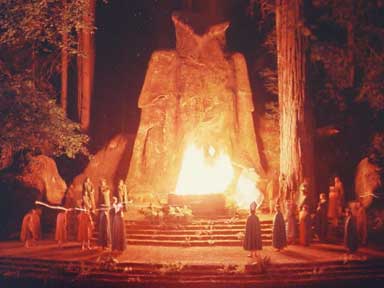
Who were they?
The Illuminati were originally composed of 30 second-degree Freemasons that used various Masonic lodges as recruiting grounds. The highest-ranking Mason to be recruited was a nobleman from North Germany, Baron Knigge (also known as Adolf Francis), a major player in the European Masonic scene. Under Knigge’s guidance, the ranks of the Illuminati grew to over 3000. But so much rapid success brought opposition – the Catholic Church went on the offensive against the secret brotherhood, forcing the King of Bavaria to outlaw the secret society. Many members were imprisoned or forced to flee the country. Soon the Illuminati, and later, Freemasonry, were forced out of Bavaria.
By the end of the 18th Century, the Illuminati seemed to have completely disappeared, but they merely moved underground, adding one more item to their list of dark goals – to infiltrate and destroy the catholic religion.
Do the Illuminati still exist?
Evidence suggests they do. Recently declassified KGB documents have shown that the Illuminati and the USSR’s secret service were working to bring down the Catholic Church as recently as the 1980’s. As stated in the goals of the Illuminati’s founding father, the KGB used sexual bribery to blackmail priest and even cardinals. It is unlikely that the Illuminati, a centuries old secret society, would have wound up merely with the end of the Cold War, which makes the ongoing existence of the group a very real possibility.
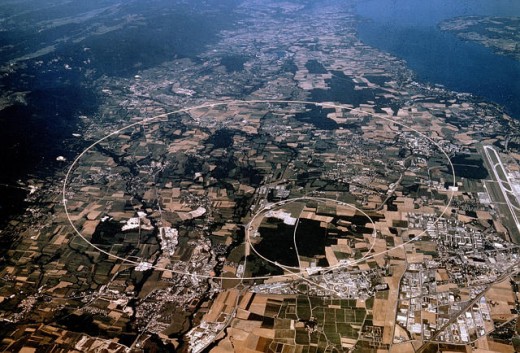
Have the Illuminati infiltrated the White House?
In 1035, President Franklin D Roosevelt – a 32nd degree Freemason – ordered the US Treasury to add the Great Seal of The United States (the one-eyed pyramid) to the US one dollar note. The Great Seal, designed in 1782 by the US founding fathers Benjamin Franklin, Thomas Jefferson and John Adams, contains the Latin phrase “Novus Ordos Seclorum”. The official translation is “A new order for the ages”, but experts in Latin say it’s closer to “New world order”, the very catchy cry of Weishaupt’s Illuminati who were forced out of Bavaria over a century earlier, and far cry from America’s celebrated traditional motto of “In God We Trust”.
Besides being a high ranking Freemason and having the distinction of introducing socialism into the American political system, Roosevelt was also a member of a secret society called the Ancient Arabic Order of Nobles of the Mystics Shrine (Shriners), attaining the grade of a “Knight of Pythias”. The Order of Nobles and Mystics claimed to be an offshoot of the Illuminati.
Does CERN’s lab really make anti-matter?
Yes. The CERN research lab is a real place, located on the border of France and Switzerland. Home of the Large Hadron Collider, and it does produce antimatter – anti-particles are accelerated around a 44km circular tunnel, travelling so fast that they complete the enormous circle over 11000 times per second. One third of a gram of antimatter contains the explosive power of a ten-kiloton bomb, like that dropped on Hiroshima. But antimatter is highly unstable and explodes when it comes in contact with absolutely anything, even air, and so far has only been produced in minute amounts.
Is an anti-matter bomb even possible?
Not yet, no. It would take billions of years to produce enough antimatter to create a bomb that would have the same destructive power as a hydrogen bomb (of which there are more than 10000 already in existence). Besides, the relative inefficiency of any antimatter production is enormous: you get only a tenth of a billionth of the invested energy back. Even if you could assemble all the antimatter ever made at CERN and “ignite” it, it would barely produce enough energy to light a single electric light bulb for a few minutes.

